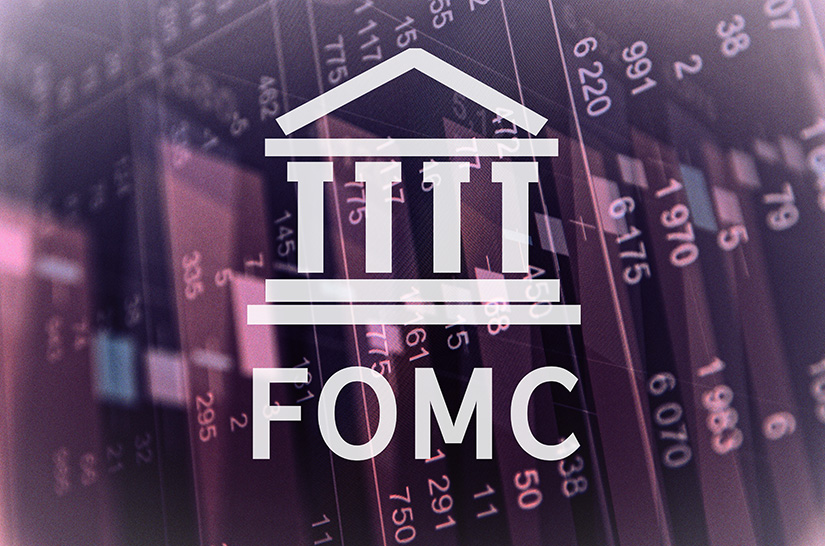Fed Shifts Strategies
-
 June 6, 2022
June 6, 2022

INTEREST-ing Times
The Federal Open Market Committee (FOMC) of the Federal Reserve (Fed) met May 3-4, and voted to increase the Fed Funds rate by 0.50% – the largest increase in the Fed Funds Rate in nearly 30 years – which moved the Fed Funds Target Range to 0.75-1.00%. In the press conference following the meeting and the meeting minutes released two weeks later, the FOMC all but promised additional 0.50% rate hikes at the next two meetings in June and July. The market now anticipates the Fed Funds Rate to end the year at 2.75-3.00% and increase further during the first half of 2023. The FOMC cited the tight labor market and much higher inflation statistics for the dramatic change in the path of interest rate policy actions.
The committee also agreed to begin the shrinking of the Fed’s balance sheet June 1. The balance sheet run-off began June 1, with a reduction rate of $30 billion per month for the Fed’s U.S. Treasury holdings and $17.5 billion per month for its mortgage-backed securities. Beginning Sept. 1, the run-off rate will double to $60 billion and $35 billion per month, respectively. The market has dubbed this balance sheet reduction as quantitative tightening, or QT. If you recall, the Fed began buying Treasury and mortgage-backed securities during the 2008-2009 financial crisis and it was called quantitative easing, or QE, which drove down long-term interest rates. The upcoming QT is meant to drive long-term interest rates up, shrinking inflationary pressures by increasing borrowing costs and reducing the demand for goods and services. It is unknown how much this QT action will increase long-term interest rates as the Fed has never before instituted such a program.
Impact of the Fed’s Actions
Increasing interest rates to tamp down inflationary pressures and expectations is a blunt instrument and the fall-out will be painful for many types of businesses. Here are a few possible negative impacts.
- Loans to finance inputs, equipment, and inventory will become more costly.
- Interest rates on mortgage loans will continue to rise.
- The cost to do business with borrowed funds will increase significantly.
- Industries requiring large amounts of borrowed capital will suffer profit margin pressures.
- Government borrowing costs will increase, putting further pressure on budget deficits.
In summary, the era of extremely low inflation and interest rates may be coming to an end as decades-old worldwide trends disappear – such as movement of production to countries with low labor costs, increased domestic oil and gas production, and more. With this, the costs of doing business and transporting goods will increase.
Possible Actions to Consider
With borrowing costs likely to be on the rise for the foreseeable future, there are a few steps you can take to minimize the impact on your farm business during these volatile times.
- Increase working capital to minimize borrowing needs
- Use a cash management account to obtain a return on cash balances
- Tighten up budgeting and cash flow management practices to time cash inflows and outflows more closely
- Monitor input expenses meticulously
- Utilize forward pricing opportunities to lock in strong fall and winter bids
- Maximize economic yields versus maximizing yields
The Fed’s next three meetings are June 14-15, July 26-27, and Sept. 20-21. These meetings will be extremely important to the present and future outlook for 2022 and 2023 interest rates, especially since the Fed is now focused on fighting inflation rather than encouraging full employment. We do indeed live in INTERESTing times!
-
Tag Cloud
FreshRoots rural marketplace investment Education 4-H Farm Credit College Dr David Kohl KOHL-laborations patronage farmland auctions Land Classes security Weather Community Improvement Grants Land Values land sales cash flow FOMC Focus on Farming calendar FFA scholarships Weather Outlook Essentials Newsletter balance sheet Interest Rates Financials appraisals Auction Results

